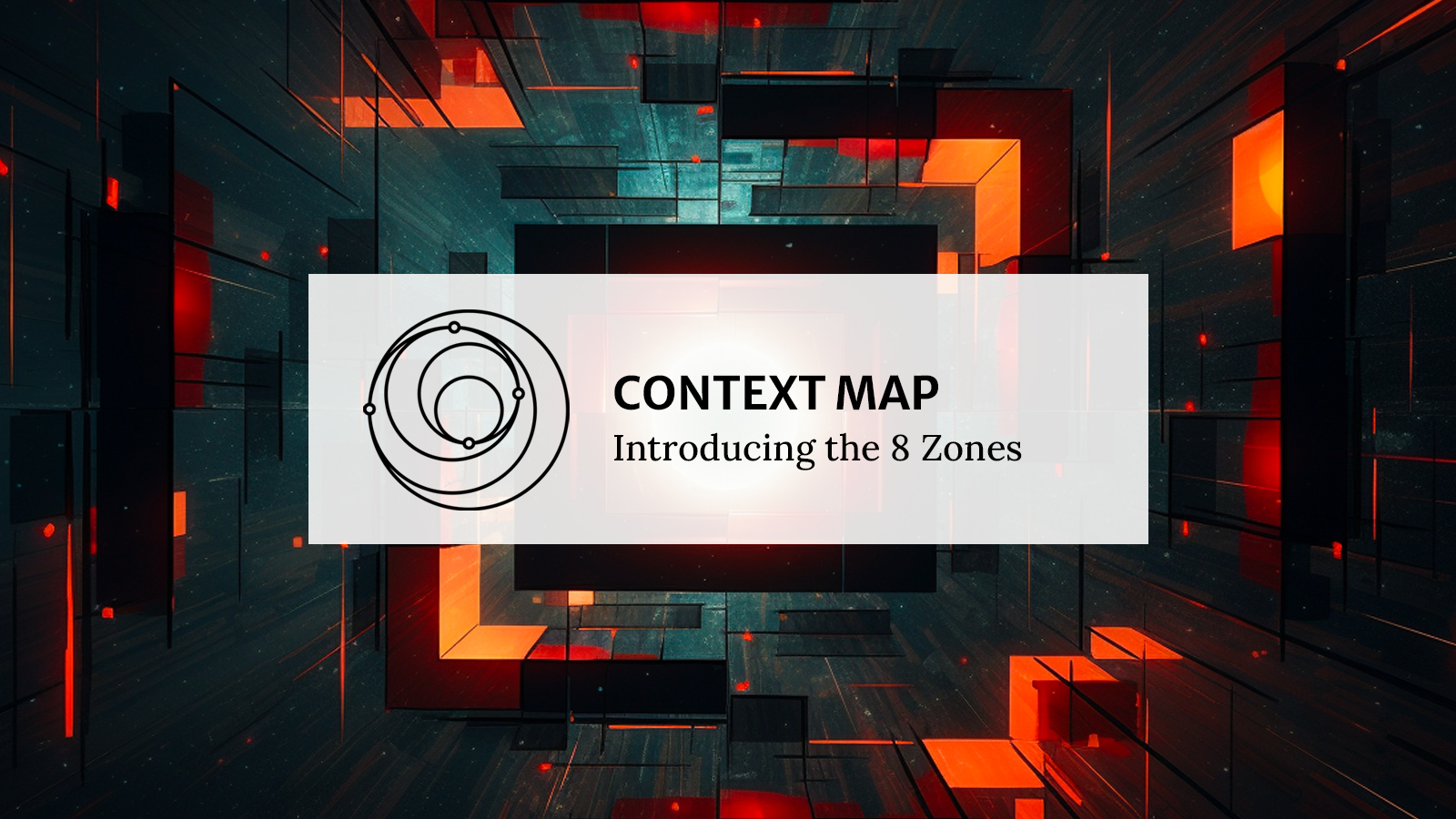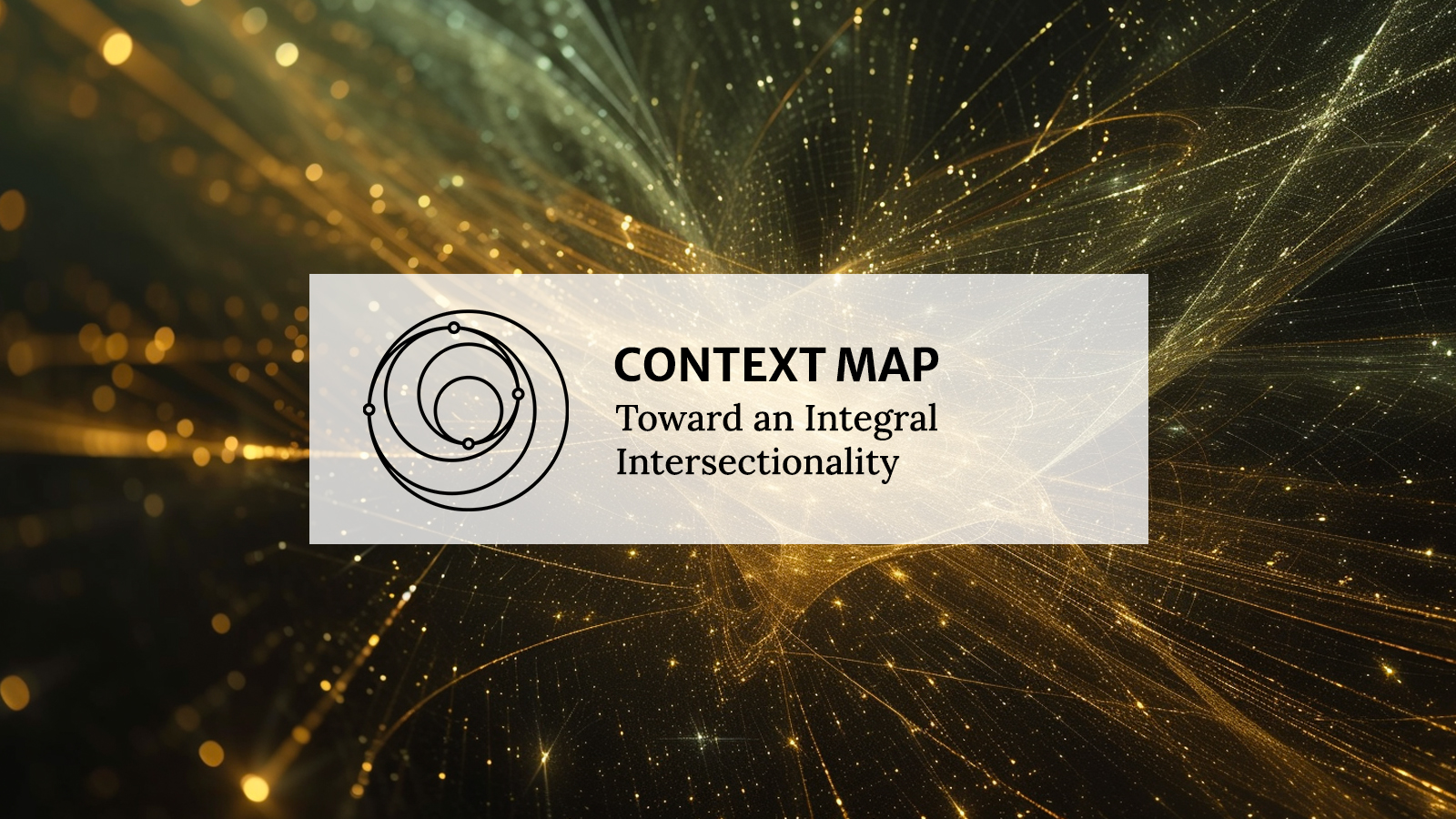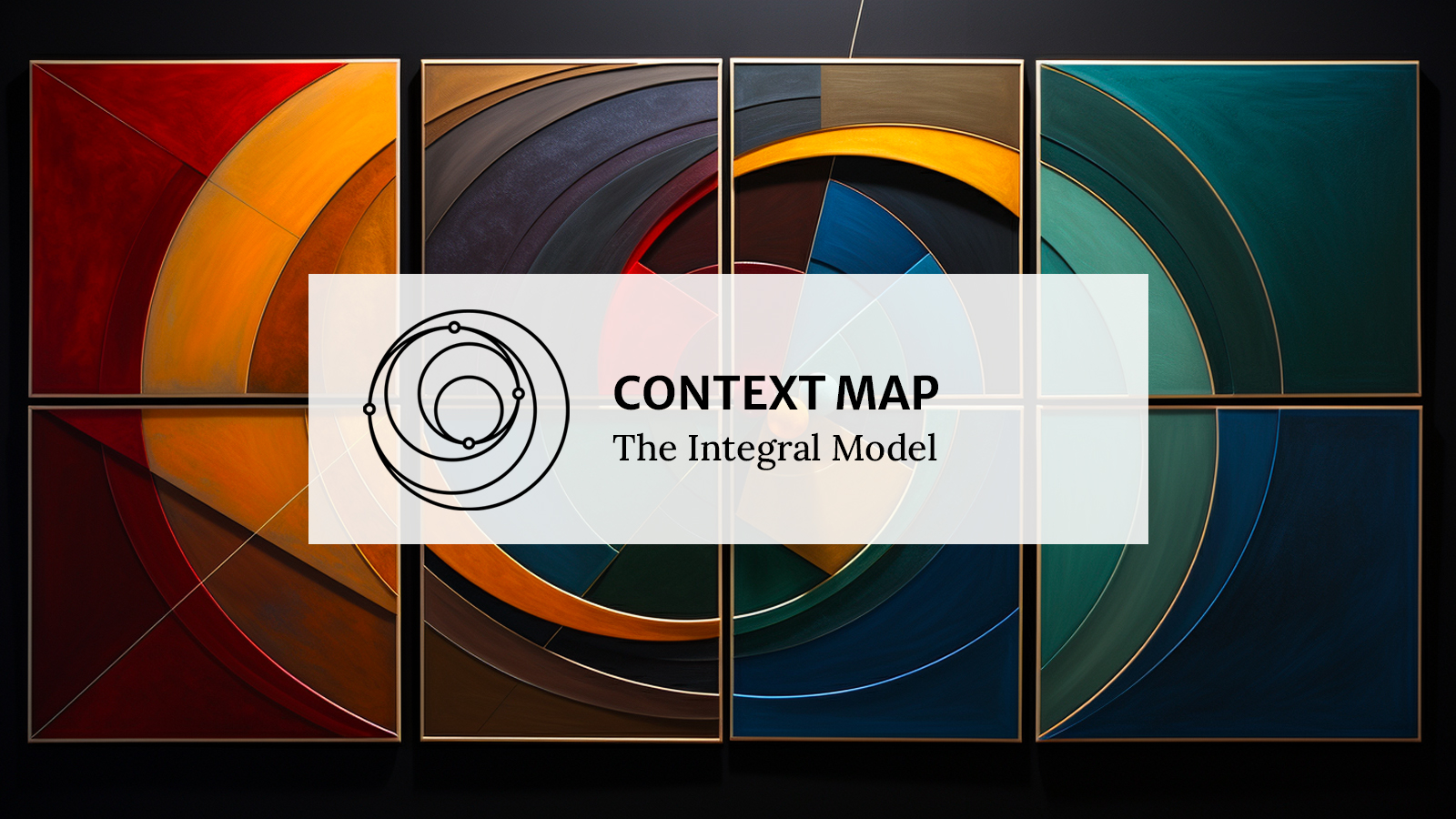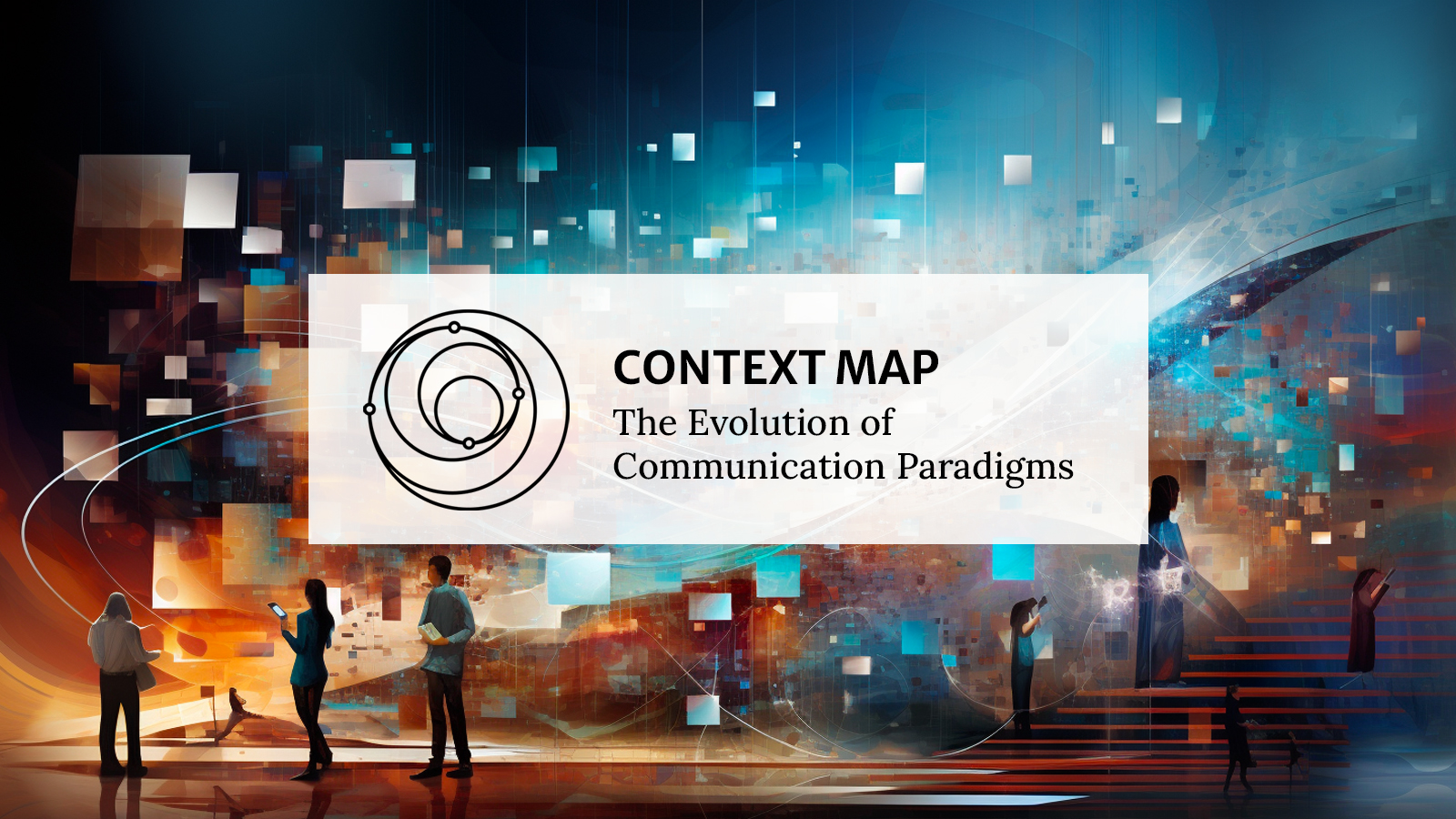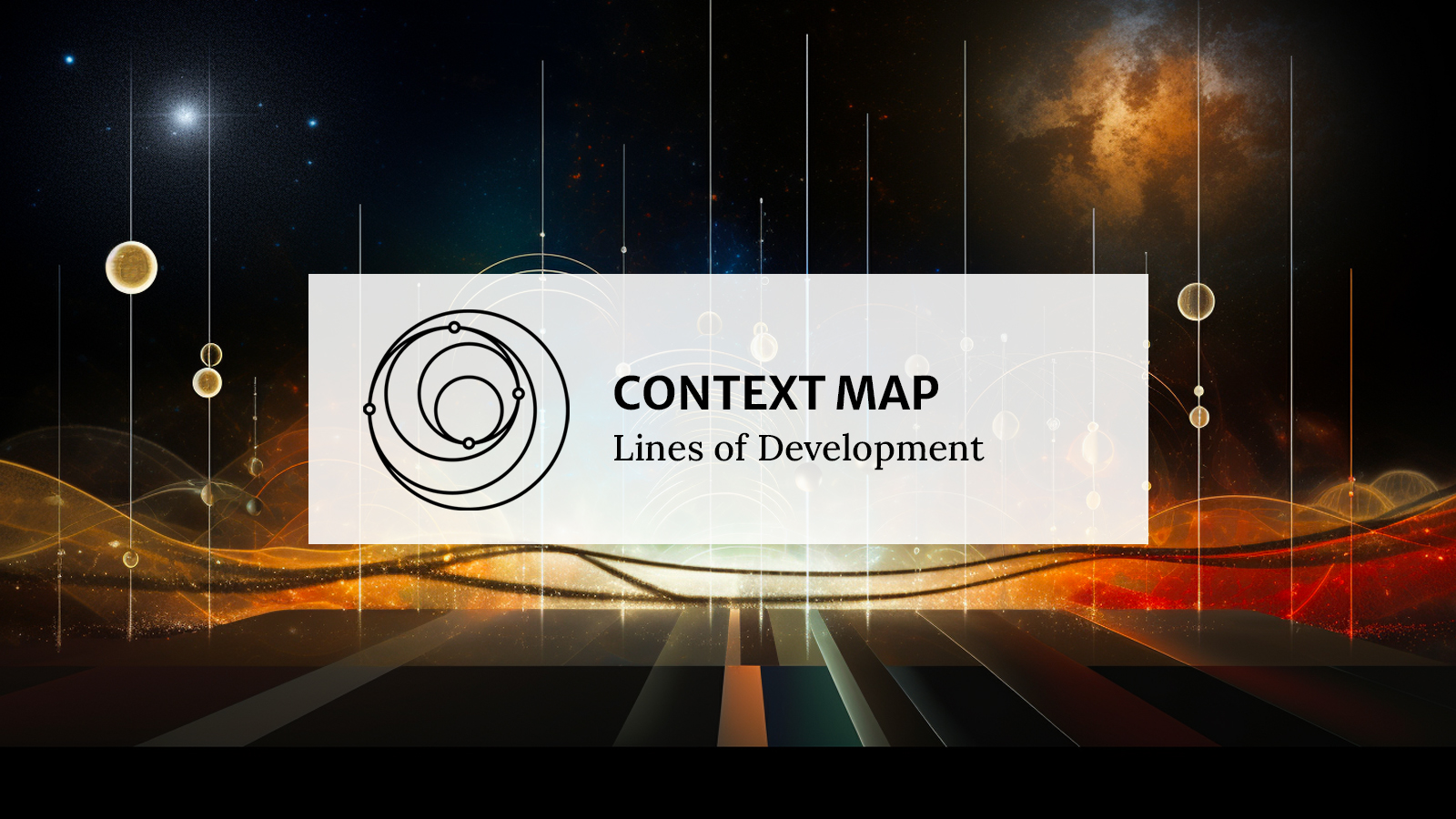 Context Visualization
Context Visualization
The 8 Zones of Knowing provide a comprehensive framework for understanding the multifaceted nature of knowledge. By categorizing knowledge into these distinct zones, we can appreciate the depth and breadth of human understanding, from the deeply personal insights of an individual to the vast structures and systems that shape collective understanding. This approach emphasizes the importance of integrating multiple perspectives and methodologies to achieve a holistic understanding of any given subject. It serves as a reminder that knowledge is not a singular entity but a complex interplay of insights, understandings, meanings, and more, all contributing to our collective wisdom.
These 8 Zones of Phenomenology describe how we perceive, disclose, and experience reality. It’s how we subjectively experience other subjects, objects, and occasions within our own Zone 1 phenomenological experience — the modes and methods we use to disclose reality in all its fundamental dimensions.
Think of it this way: we never see things or events as they truly are. Instead we can see only our own inner reconstruction or interpretation of those things and events — an interior experience of reality that is mediated by our senses, our nervous system, our psychological development, our shared meanings and contexts, and so forth. All of which determine how we create our inner mental maps of reality.
We can never fully or directly see something like a “justice system” or an “economic system”, for example. We can only see our own mental models of a justice and economic systems — mental models that may be more or less complex, more or less accurate, more or less biased, and so forth. But if we want to better understand these systems, there are specific practices or methodologies we can use to reveal those aspects of reality… and multiple other practices and methodologies to understand how those aspects, in turn, shape and are shaped by every other aspect of reality.
This is why these 8 zones are so important. They help us create the most complete mental maps and models as possible. These 8 zones describe how reality arises within our Zone 1 awareness — how our individual interiors are experiencing, reflecting, and intersecting with the rest of reality. It helps us think more clearly and more comprehensively about other subjects, other objects, other groups and systems, and even ourselves, all of which are arising within your own Zone 1 phenomenological space, right now.
Note: These Context Maps are in many cases works in progress, and may be updated over time.
More Context Maps
About Corey deVos
Corey W. deVos is editor and producer of Integral Life. He has worked for Integral Institute/Integal Life since Spring of 2003, and has been a student of integral theory and practice since 1996. Corey is also a professional woodworker, and many of his artworks can be found in his VisionLogix art gallery.

